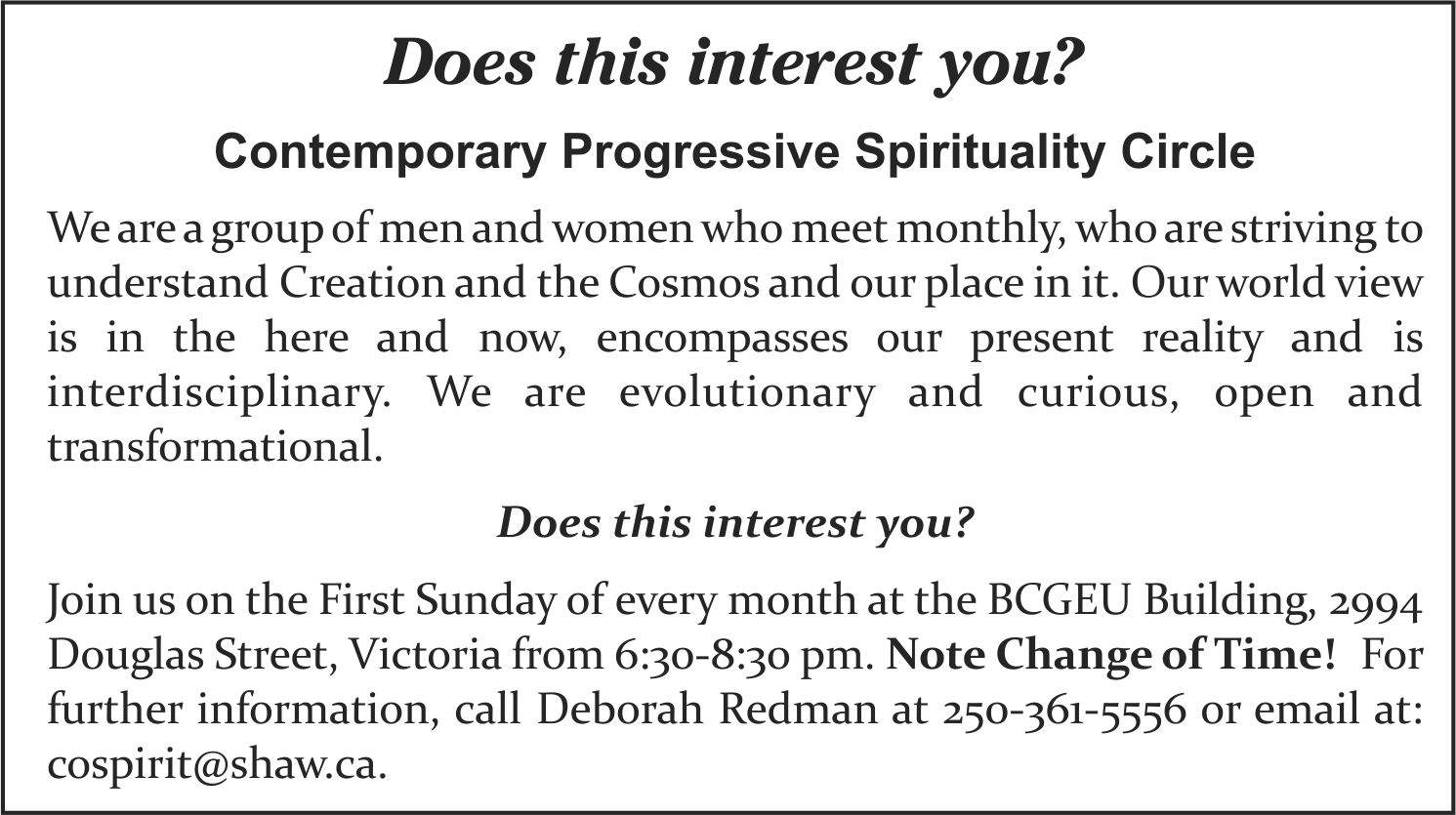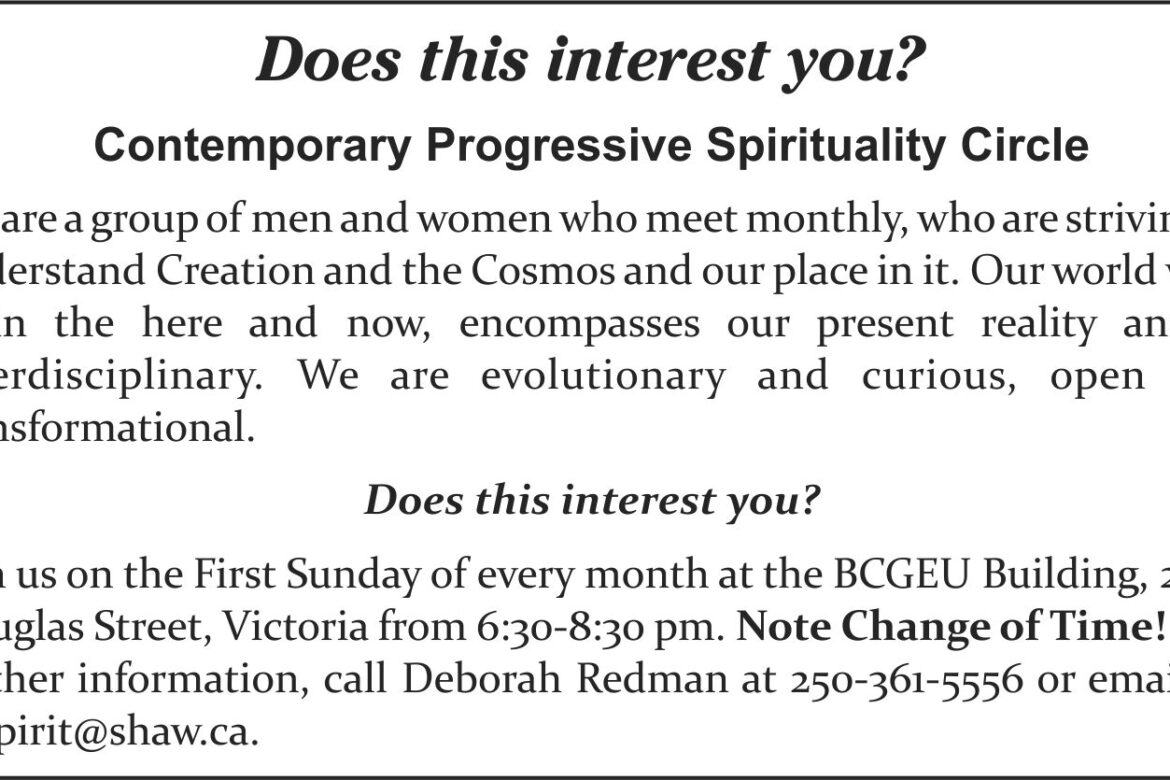Literary / Arts
Cosmic Pilgrim Reviews Rupert Sheldrake’s Latest
Margaret MacIntyre, Victoria
Volume 28 Issue 4, 5 & 6 | Posted: June 30, 2014

INTRODUCTION
INTRODUCTION
Margaret McIntyre, author of the Cosmic Pilgrim, a study of faith facing the new cosmology through the lens of Tielhard de Chardin, Brian Swimme and Thomas Berry, is strategically situated on the cusp of two of Victoria’s progressive spirituality circles Earth Literacies and Spiritual Progressive Circle which have been successfully developed in recent years to meet the need of spiritual searchers in the context of the contemporary breakthroughs in science. Progressive theology, linguistic analysis and Jungian depth psychology.
Her manner and philosophy background and journey amply prepares her to review Rupert Sheldrake’s book in her commitment to ongoing adult education.
While life-long scientist Rupert Sheldrake believes strongly in the scientific approach, he has “become increasingly convinced that the sciences have lost much of their vigor, vitality and curiosity. Dogmatic ideology, fear-based conformity and institutional inertia are inhibiting scientific creativity.”
So begins his groundbreaking book Science Set Free which is a sustained rant against the reductionist materialist philosophy that has been foundational to the scientific world since the nineteenth century. (By the way, the materialism he is talking about is not the capitalistic consumerism that grips the ever-spreading global market, but the philosophy of materialism that insists on a mechanical view of nature).
Sheldrake maintains that it is well passed time for a change, a breaking open of the closed system that arrogantly supposes that truth can be contained within its own dogmatic boundaries. Sheldrake presents his impressive credentials in the preface of the book, thus reassuring his readers that he is no lightweight newcomer to the scientific scene.
He was a fellow of Clare College at Cambridge University, where he was director of studies in cell biology and was a research fellow of the Royal Society. For the last twenty years he has been a Fellow of the Institute of Noetic Sciences in California.
Sheldrake names ten dogmas which form the creed of modern science and then goes on to challenge these beliefs by turning them into ten questions seeking to penetrate the dominant ideology and open it up to new paradigms.
According to Sheldrake, “the belief system that governs conventional scientific thinking is an act of faith, grounded in a nineteenth-century ideology: Everything is essentially material or physical, even minds.” The dogmas could be summarized by the following statements: everything is a machine; all matter is unconscious; the amount of matter and energy stay the same; the laws of nature are fixed; nature is purposeless; biological inheritance is material (genetic); minds are confined to brains; psychic phenomena are illusory; mechanistic medicine is the only kind that works.
Sheldrake acknowledges that most scientists are not militant materialists in fact he asserts that they are forced into a kind of double life, following the dominant ideology at work while thinking much more freely at home.
However, there are extreme materialists who wield great power within the scientific establishment, and Sheldrake names their agenda: to stand against religious or spiritual beliefs and actively promote atheism. The short history he gives of the development of scientific materialism helps the reader understand how and why science and religion parted company a very recent phenomena that needs no longer continue if both science and religion recognized their common ground.
Up until the seventeenth century, “university scholars and Christian theologians taught that the universe was alive, pervaded by the Spirit of God, the divine breath of life. All plants, animals and people had souls. The stars, the planets and the earth were living beings, guided by angelic intelligences.”
But then the new high priests of science, operating from national academies like the Royal Society in London, were determined to rid the western mind of any notions of magic in the operations of the universe. Believing that ‘men’ had a God given right to control nature, they put their new powers of technology to work to subdue the natural world and use it for the advancement of the human race.
They banished the fairies from the woods and spirits from the mountains “and expelled all souls from nature.” The inanimate world became machine-like with no purpose or consciousneness; “the planets and stars were dead.” Human minds were considered immaterial, but nobody could understand how minds and bodies related to each other and at this point Rene Descartes firmly established a dualism between matter and spirit.
Science and religion gradually separated with science taking matter and religion taking spirit. With the demise of religion in the West, spirit disappeared and matter became the only reality. This is the situation in western society today, with science taking over as the new religion; its doctrine is materialism. The spiritual realm does not exist and minds are “nothing but aspects or by-products of brain activity.”
The only magisterium remaining is the magisterium of science. Sheldrake points out that faith in materialism has “been propagated with remarkable success: millions of people have been converted to the ‘scientific’ view, even though they know very little about science itself.”
In the main body of ‘Science Set Free’ Sheldrake scrutinizes the dogmas of science with their materialist foundation and challenges them by proposing a new paradigm that breaks open the fundamentalism inherent to the scientific worldview. It is centred on his work with morphic resonance and morphic fields. Rather than holding the standard scientific position that the laws of the universe are fixed, Sheldrake is concerned with a truly evolutionary cosmology where laws do not remain the same but are more like habits of the universe that are evolving.
Morphic resonance is a continually creative process whereby self-organising systems (not machine-like entities – the entire universe is more like a growing, developing organism than a machine) pass on their patterns and forms to future systems which then gradually evolve and form new habitual patterns. If something is repeated it forms a habit and distance/time do not affect its spread. When habits form, they are initially difficult to adopt, but as they take hold, they spread with ease and exponentially increase their field of operation. Sheldrake proposes an inherent collective memory in nature which allows change to take hold. In Chapter 8 of Science Set Free, Sheldrake explores the question of whether minds are confined to brains. Neuroscience insists that material brains contain the mind and store memories in “material traces” within the brain (although no-one can prove this). Without the brain there is no consciousness and when the brain dies there is nothing that can possibly continue.
Sheldrake proposes that brains are like TV receivers that pick up on fields of morphic resonance extending into time and space. It is more true to say that the brain is in the mind than the other way round. Likewise bodies are not machines controlled by genes, but they take on the patterns and habits from previous generations within the collective memory of a species genetic inheritance is part of this dynamic organic system.
Sheldrake notes the great accomplishments science and technology have gained for humanity (not so much the rest of the planet) but he insists that it carries an outdated philosophical baggage. New discoveries of the 20th century have opened up possibilities of dialogue with world religions. Quantum knowledge, relativity theory, nuclear fission and fusion, discovery of galaxies beyond our own, and the Big Bang theory have broken down the determinism that science once held.
Now “sciences and religions may enrich each other through shared explorations” of what consciousness is, what mystical experience can tell us about the nature of reality, how meditation affects the brain etc. This would require the relinquishing of the taboos of both science and religion. Sheldrake observes that the materialist creed is breaking down now that scientists know that not everything will eventually be explained through physics and chemistry.
Consciousness cannot be tied down to matter and subjective experience cannot be discounted – even physics “presupposes the minds of physicists.” In a truly evolutionary universe both science and religion must relax their grip on dogmatic knowledge and allow themselves to evolve: “Much remains to be discovered and rediscovered, including wisdom.”
 Science Set Free allows the reader an inside view of the internal philosophic debate of the scientific community. While it is important and enlightening to understand the contours of this heated discussion and how it shapes the broad sweep of western thinking, the average reader may be left wondering why it takes our giant institutions (both scientific and religious) so long to change.
Science Set Free allows the reader an inside view of the internal philosophic debate of the scientific community. While it is important and enlightening to understand the contours of this heated discussion and how it shapes the broad sweep of western thinking, the average reader may be left wondering why it takes our giant institutions (both scientific and religious) so long to change.
Most of us have been quietly assuming all along that minds are not trapped in brains and that life in the universe has some kind of meaning and purpose. Thank goodness some brave souls like Rupert Sheldrake are willing to stick their necks out and suffer the rejection and ridicule of the scientific establishment to promote genuine, open inquiry into the nature of this astounding, mysterious reality we all share.
Margaret MacIntyre, Victoria

